In 1991, the Commodore 65 was Commodore’s answer to a question that nobody had asked. This device is symptomatic of the mismanagement that had plagued Commodore since the departure of company founder Jack Tramiel. The 65 remained a prototype, only a few examples of which can be found among collectors today.
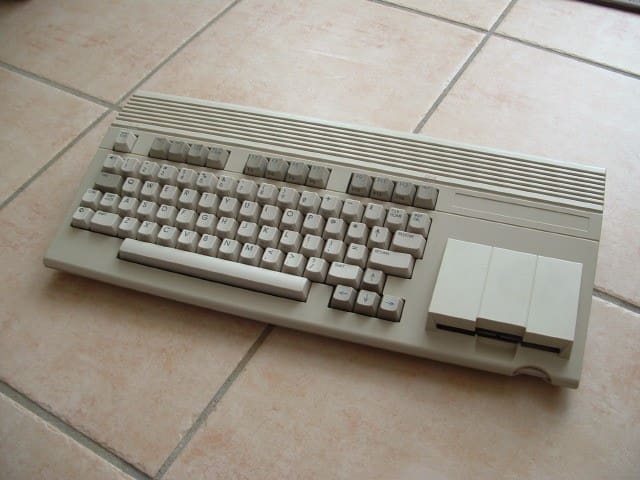
(Commodore C65)
System specifications
I’m quoting from Commodore’s system specification for the C65 to illustrate how much effort was put into describing the C65’s raison d’être internally at Commodore. My conclusion below is of course characterised by today’s perspective, because hindsight is always wiser. Of course, there are also one or two „what if?“ speculations.
Excellent graphic capabilities
„…8-bit microcomputer system with excellent graphical capabilities…“
Yes, without a doubt, the C65 has it all! 1280 x 400 pixels with 4 colours was a clear statement at the time and not a matter of course even in the professional camp. But 8-bit and high-resolution graphics? That’s a contradiction in terms. The graphics capabilities overtaxed the CPU, even if the graphics chip could perform independent calculations.
We realise: Commodore’s statement is therefore not entirely correct.
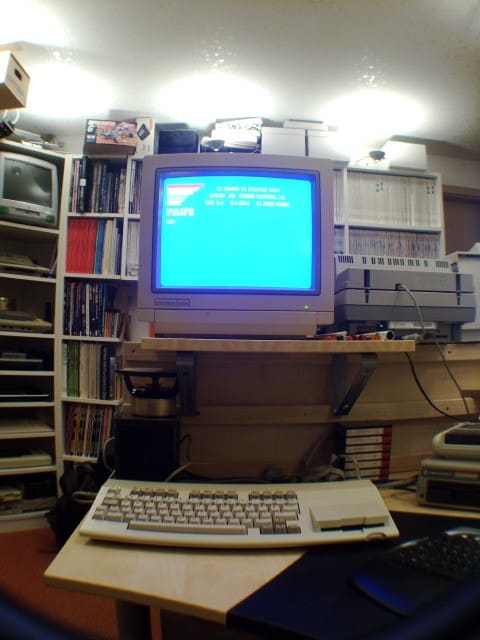
(C65 in use)
Competitive
„…versatile, competitive low-cost product designed for the international home computer and gaming market…“
Competitive? Let’s see:
Against the C64, which cost less than half as much?
Wait a minute! Half the price? Adjusted for equipment, i.e. with floppy, the calculation would have been different again: DM 300 for the 64 and another DM 300 for the 1541 – that makes…
… wow! …exactly the target price of the C65! So that fits! :-)
But! But! But – that only applies against its actual competitor, the C64.
Somehow, the 64 market had created a cosy niche for itself among people who were probably already a little retro back then or „had to“ buy a C64 as a replacement for a defective device. The 64 was sold more for its good reputation than for its contemporary performance. The C65 should have been the successor to the C64 without ifs and buts, the 100% compatible successor. Competing against the C64 would have been a disaster for the manufacturer. But the SysSpecs only speak of „moderate“ or „reasonable“ 64 compatibility.
And the performance? The C65 would have made life very difficult for the smallest Amiga. The A500 was actually already the designated successor to the C64 Yes, really! Only by the grace of the customer.
May I make a little car comparison? Oh, please! Yes? OK, we’ll take Audi and Skoda… or how about Renault and Dacia? No matter where you look, the big manufacturers all have a low-cost model in their programme, which is almost identical to the company’s cash cow under the bodywork: Passat, and Golf, correspond to A4, and A3, the Logan to the Clio, and so on. All of them have a cheap brother in the group, which apparently does not make life difficult for them. Wouldn’t the C65 have been the Skoda for computer beginners if it had been given the chance? Would it have become a computer for hobbyists who don’t like graphical user interfaces?
So I agree with Commodore’s statement „competitive low-cost product“, even if only in the C64 „niche“ market of about half a million units per year. (But only under the premise that Commodore would really have discontinued the C64 – and I would venture to doubt that very strongly)
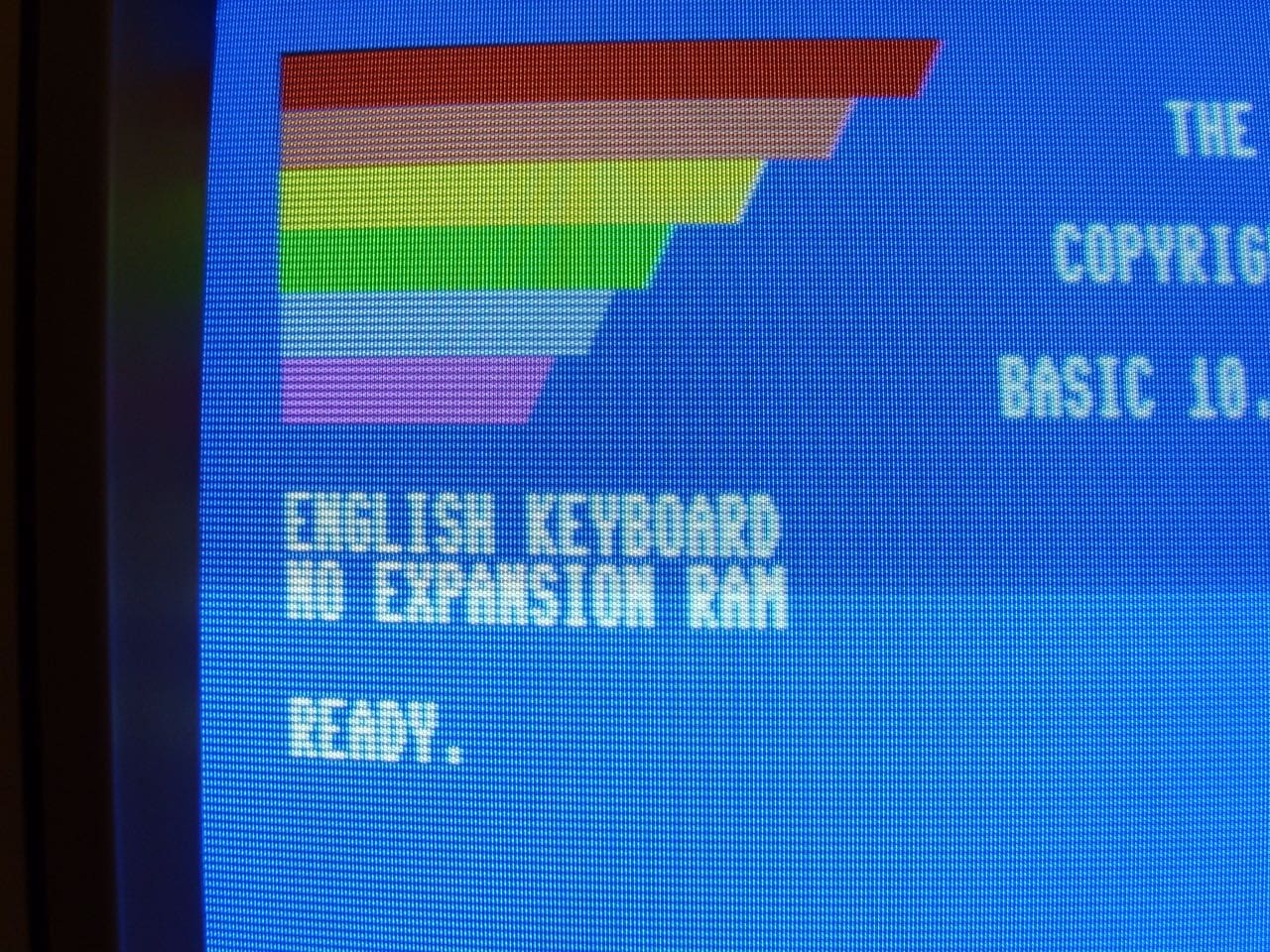
(Close-up of the switch-on message)
Upgrade computer
„…excellent upgrade options for C64 owners…“
In terms of hardware? Yes, almost everything fitted, except for expansion port modules. The existing peripherals such as floppy, printer, joysticks, monitors, you could keep all that when you upgraded to the 65.
The software? Uhh! The claims about compatibility with 64 software range from 20% to 60%. Especially games that had to be reloaded caused trouble. But all C65s are still pre-production models and the chips used were supposed to undergo further revisions before the final version came off the production line at CSG. Nevertheless, many, many games made use of the illegal opcodes of the C64 chips and also utilised the exact timing of the components for complex graphics effects. Reproducing this in hardware in the C65 (software is too slow) would have been a Sisyphean task, but probably simply impossible.
The 64 was and is the best-selling home computer in the world. Of course, the advantages are obvious: people had already bought enough accessories for the 64, but they didn’t work on and with the equally popular Amiga 500.
Commodore didn’t want to see the C64 users who were willing to switch to the PC camp, so they tried to give them a reason to just replace the central processing unit, not have to get used to it and throw the money back down Commodore’s throat. The idea doesn’t seem to have been quite so stupid: People buy a C65, but after a while they realise that the 64 programs – and especially the peripherals with the slow IEC bus – don’t live up to the performance of the 65. So they buy accessories again. From whom? From Commodore, of course!
Seriously: Who connects a 1541 in native 65 mode when the computer comes with a modern 3.5″ floppy? Masochists?
Nevertheless, this story didn’t work with the 128, which was also compatible with the 64, but could never replace it. Somehow incomprehensible. Was the 128 too fat for the desk? Too complicated with its three modes? Too incompatible? Too expensive? Hard to say. Presumably it was simply that the 64 games also ran on the cheap C64 and the rest were of no interest to the „computer“ kids.
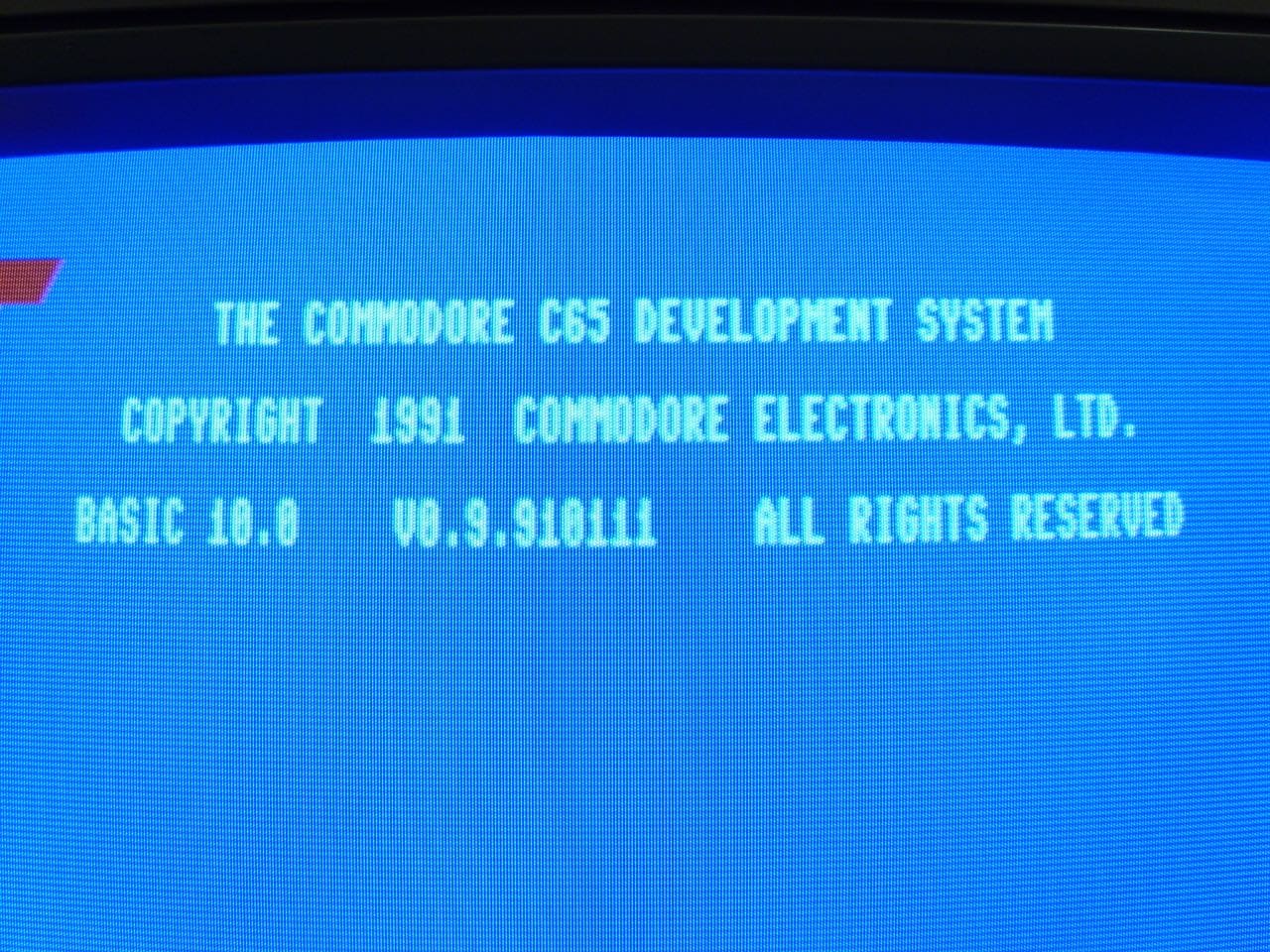
(Switch-on message: Note „Development System“)
What’s the problem?
From today’s perspective, it may not make sense to some readers why a stand-alone computer was built when C64 compatibility could simply be achieved via an emulator that ran on the 16-bit machines available at the time. Yes, of course it was a huge leap in performance from 8 to 16 bits. But emulation like on today’s computers was far from possible back then. Let’s be generous and say that the CPU in the Amiga was around 20 times as fast as in the C64. Hey, that’s enough to emulate a 6510, isn’t it?
Sure, but at what speed?
In addition, we’ve done the maths without the 64’s CPU buddies: VIC-II, SID and the CIAs are highly specialised components whose functions can only be emulated correctly with a lot of computing power. The first 64 emulators ran under DOS on an 80486 DX/2 66 in such a way that you didn’t have to be constantly annoyed, but the games still didn’t run very smoothly. Today’s multi-core machines naturally manage a smooth emulation with very high compatibility without having to make any noticeable effort.
Well, why not simply build a C64 into an Amiga or a Commodore PC as an expansion card so that you can achieve 64 mode in this way? Yes, it’s easy to do nowadays by pressing all the old hardware onto a single new, cheap chip. Even hobbyists can do this, as you can see from the DTV, which has an – even much improved – C64 on a chip in a joystick housing.
However, Commodore (MOS/CSG) was not in a position to realise such complex projects. They had neither the money nor the production lines for it. The C64 was a child of the 70s. It was, to put it bluntly, a conglomeration of semiconductors and other electronic components. Packing all this onto just one or two chips seemed impossible even in the early 90s. That is, if anyone even dared to think about it. The more complex chips for the Amiga were, after all, also manufactured outside the company.
But back to the topic: Commodore’s statement that the C65 was a good upgrade option for C64 owners is one that I can confirm, albeit with a little stomachache. Yes, it could have worked.
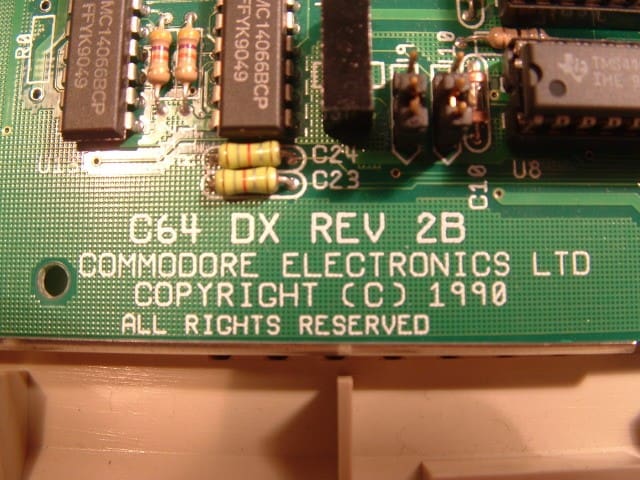
(Planned successor: „C64 DX“, later called C65)
Marketing blah?
When reading through the internal system specification of the Commodore C65, one wonders whether it was written by a marketing fudge and whether the 65 really had to be „sold“ internally. Did they assemble it and only then ask the board? Or was the letter simply intended to encourage the decision-makers?
Ancestors such as the C128 or the VC20 are invoked – and it is said that the C64 was a success, even though it was not software-compatible with the VC20. Do we need to understand that? The C65 was supposed to be 64-compatible, wasn’t it? The crystal ball is being polished and a rosy future is being predicted for the revitalised entry-level computer market, so that you just want to believe it.
Shall I share my personal conclusion? They should have built the box, it could hardly have got any worse! And – who knows – maybe the supposed nail in the coffin would have turned into a lifeline after all?
END PART 1